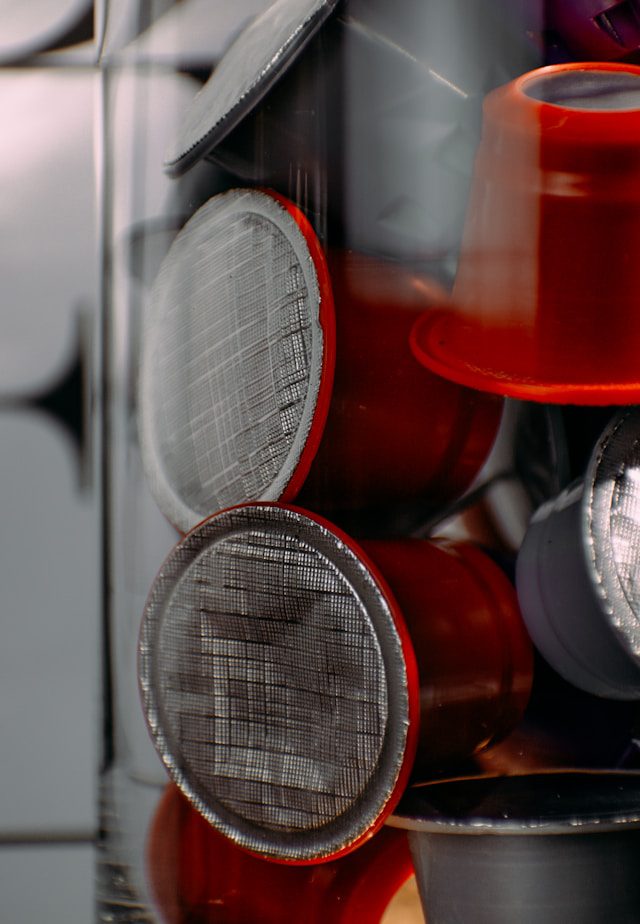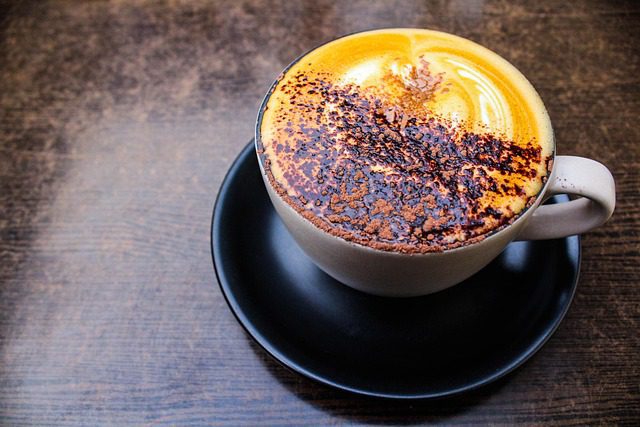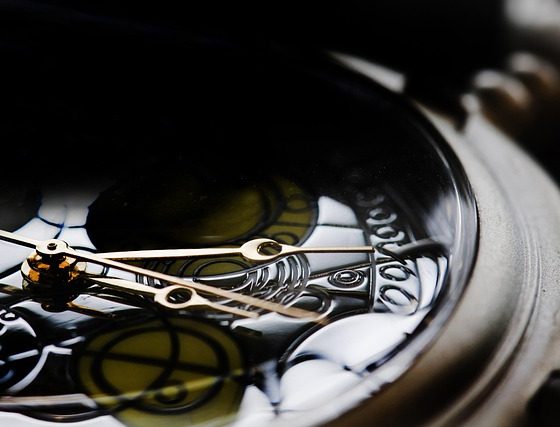Coffee has long been a cultural and social beverage. Shared among friends, enjoyed in the morning upon waking or savoured after a meal, it is an integral part of daily life for millions of people. However, over the last few decades, a small revolution has taken place in kitchens: the coffee pod. This practical and accessible format has won over consumers, transforming consumption habits and even changing the cultural landscape surrounding coffee. But what explains such enthusiasm? Discover why coffee pods are so appealing: practicality, preserved aromas, diversity and environmental issues at the heart of consumption.
Coffee pods: a convenient and quick format for everyday use
The success of coffee pods can be explained above all by their ease of use. In just a few seconds, you can enjoy a cup of coffee with a consistent taste, without having to grind the beans or use a traditional coffee maker. Speed has become a key factor in a society where the hectic pace of everyday life leaves little time for lengthy preparations. In this context, pods have become an essential ally in homes and offices alike. They allow everyone to enjoy high-quality coffee without any special technical knowledge and, above all, with appreciable ease of maintenance. As can be seen with Tassimo pods, this offering has also diversified, with a variety of drinks ranging from strong coffee to hot chocolate and cappuccino. This versatility appeals to a wide audience, from consumers in a hurry to lovers of milky treats.
How do pods preserve coffee aromas?
One of the criticisms levelled at traditional coffee makers is their inability to preserve the freshness of aromas. Once a packet of ground coffee has been opened, the beans quickly lose their intensity. Pods provide the perfect solution to this problem. Sealed hermetically, they guarantee that flavours are preserved and faithfully reproduced. This process ensures that each cup is identical to the last, offering a consistency that reassures consumers. Unlike traditional methods, where grinding and preparation can vary, pods ensure perfect dosing and calibrated extraction. As a result, the coffee retains its rich aroma from the first day to the last.
The different types of pods: soft or ESE
Not all pods are the same. There are two main types: soft pods, often called ‘pads’, and rigid ESE (Easy Serving Espresso) pods. The former are generally used in special machines, such as Senseo, and are used to make a light filter coffee. The latter, which are standardised, are more suited to espresso lovers, offering a creamy texture and a stronger flavour. This diversity has enabled the market to expand by meeting the expectations of different consumer profiles. Some brands even offer alternatives that are compatible with several machines, making pods even more accessible. This wide range of options helps to explain their explosion in popularity.
Pods vs capsules: what are the differences you need to know?
Although often confused, pods and capsules are not the same thing. Capsules, made of aluminium or rigid plastic, are known for their use with specific machines such as Nespresso. They offer an experience similar to traditional Italian espresso, with high extraction pressure. Pods, on the other hand, come in flexible or biodegradable paper versions and are intended for more everyday, family consumption. The choice between the two depends on taste, desired texture and environmental impact. While capsules guarantee a strong intensity, pods appeal for their practicality and, depending on the model, are sometimes more environmentally friendly.
The environmental impact and more responsible alternatives
One of the main debates surrounding coffee pods concerns their environmental impact. While their practicality is undeniable, their proliferation generates a significant amount of waste. Aluminium and plastic capsules have been widely criticised for their low recyclability, prompting some companies to develop recovery programmes. Compostable or biodegradable paper pods are an interesting alternative. They significantly reduce the ecological footprint while remaining easy to use. In addition, some manufacturers are investing in greener solutions by developing packaging made from renewable materials. This environmental dimension is now becoming a key criterion for consumers. Awareness of environmental issues directly influences purchasing habits. More and more coffee lovers are choosing eco-friendly pods, combining pleasure with responsibility.
The rise of coffee pods goes beyond mere practicality. It reflects a cultural shift, with coffee now seen as a quick, diverse experience that is accessible to all. In the past, making coffee was a ritual, sometimes long and meticulous. Today, the trend is towards instant gratification, without sacrificing quality. This craze also reflects the democratisation of premium coffee. Thanks to pods, anyone can enjoy a frothy cappuccino or a strong espresso at home, without having to invest in a professional machine. Coffee has become a daily pleasure, personalised to suit individual tastes.
Coffee pods appeal because of their practicality, consistent aroma and the variety they offer. Saving time, providing consistent flavours and adapting to all profiles, they meet the expectations of a society that is in a hurry but attached to its consumption rituals. However, their future will necessarily involve ecological considerations, in line with current sustainability issues. The pod is much more than just a kitchen accessory: it is the symbol of a rapidly changing coffee culture, oscillating between tradition and modernity, bringing together two worlds: that of the ancient ritual of coffee, marked by artisanal preparation and sharing, and that of contemporary speed, where every gesture is designed to be efficient and adapted to the accelerated pace of life. Its success reflects a universal need: to preserve the pleasure of tasting coffee while meeting time constraints and expectations for convenience.




























Follow us on Instagram